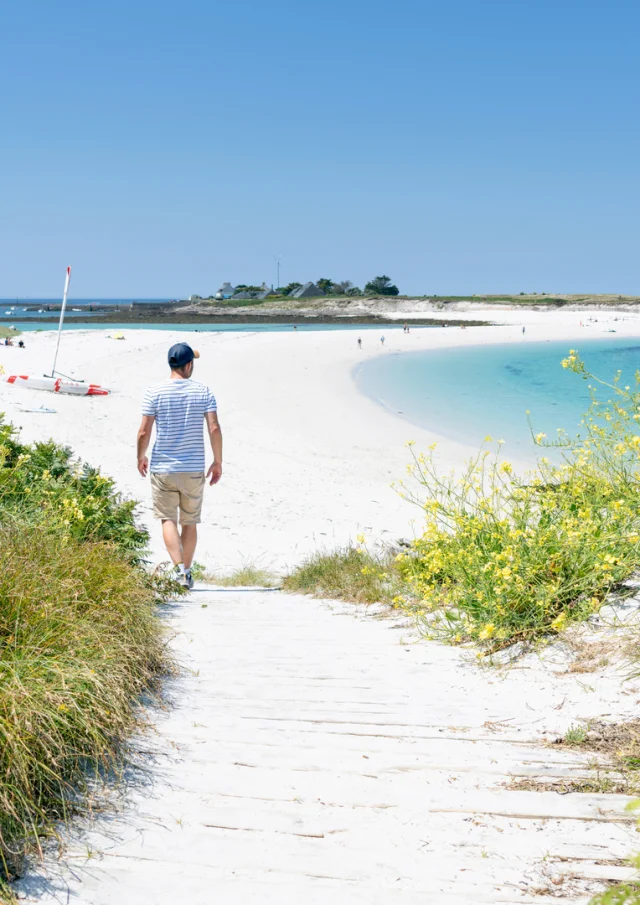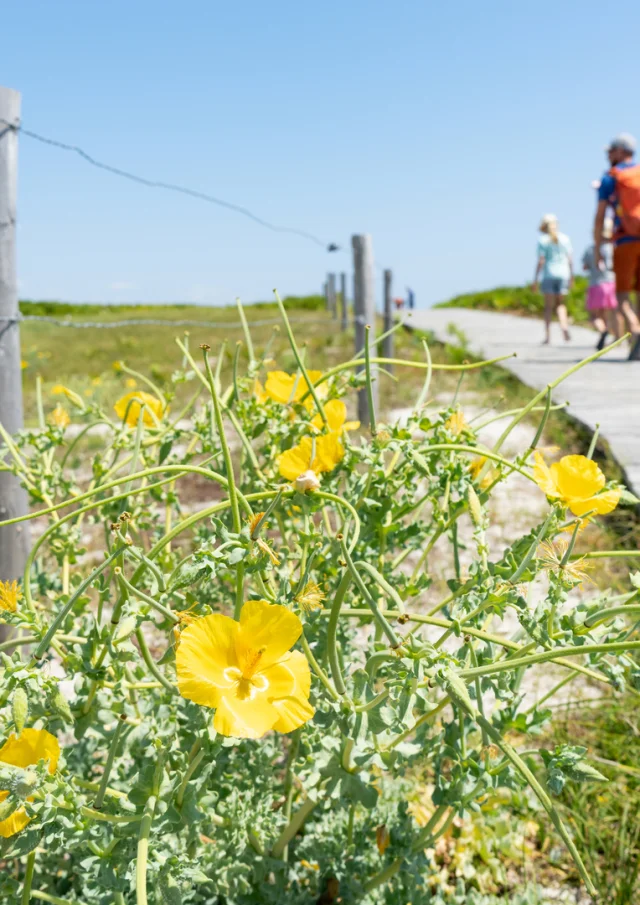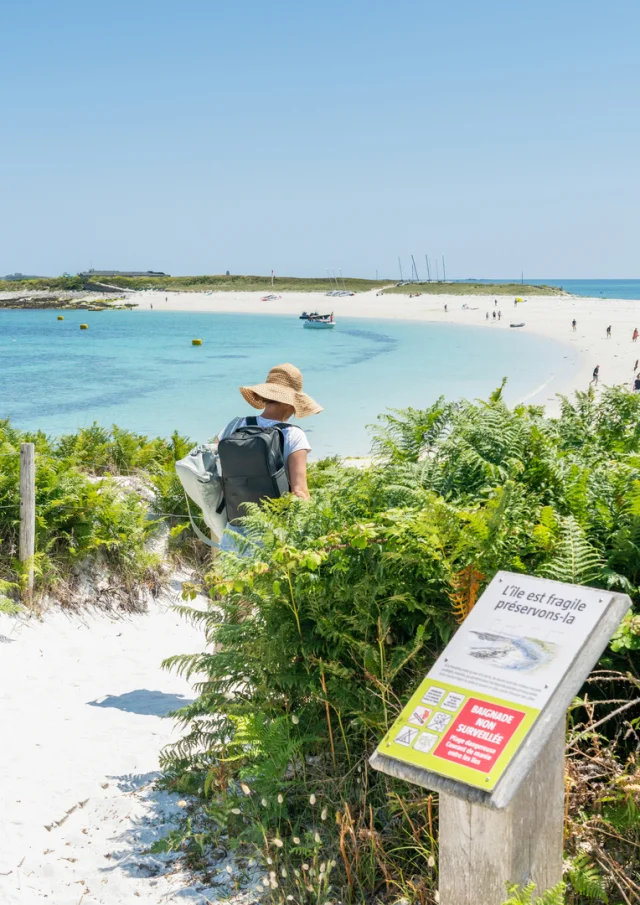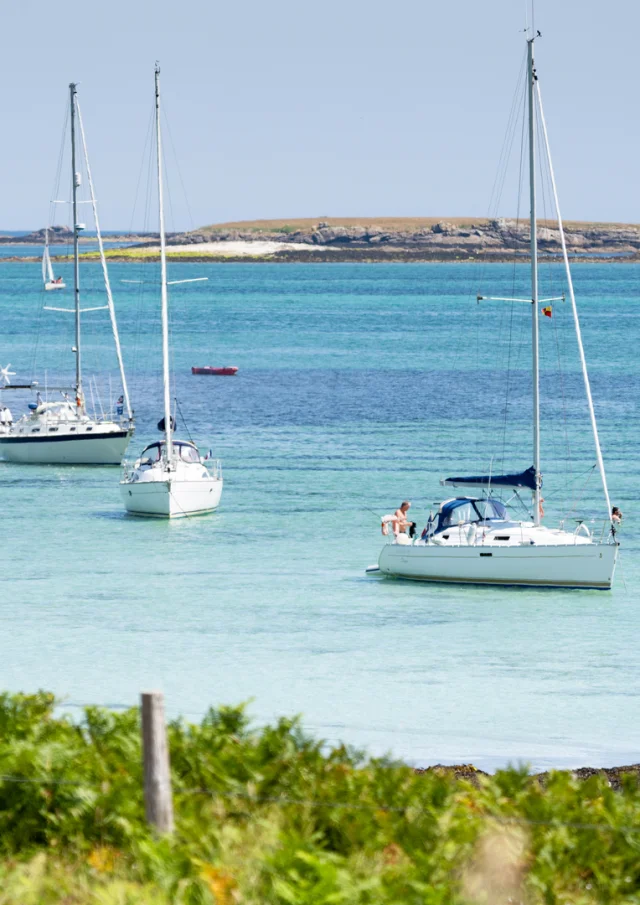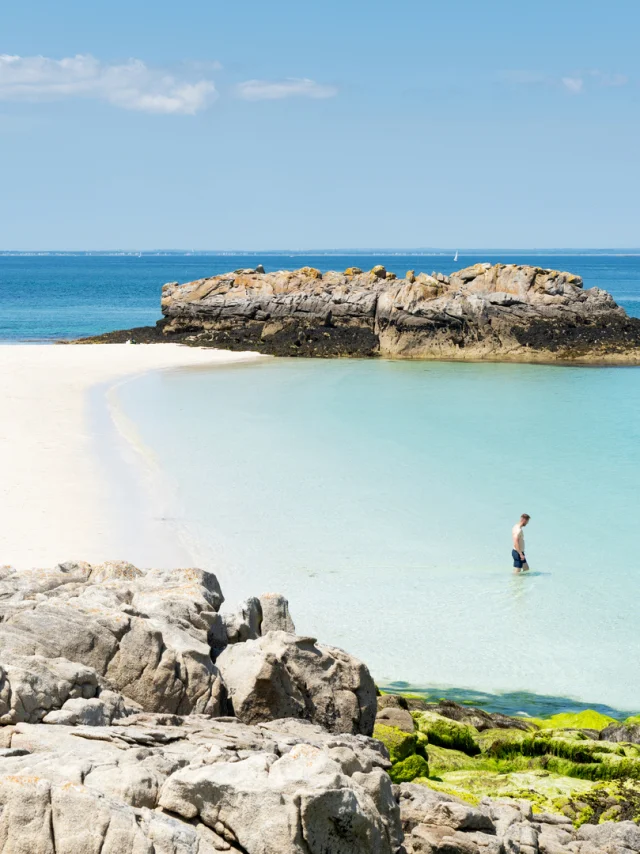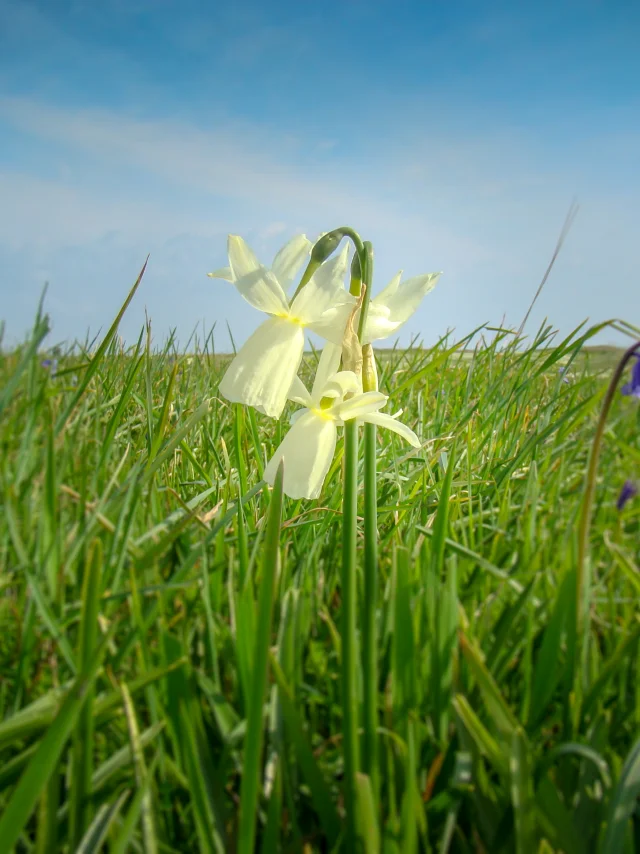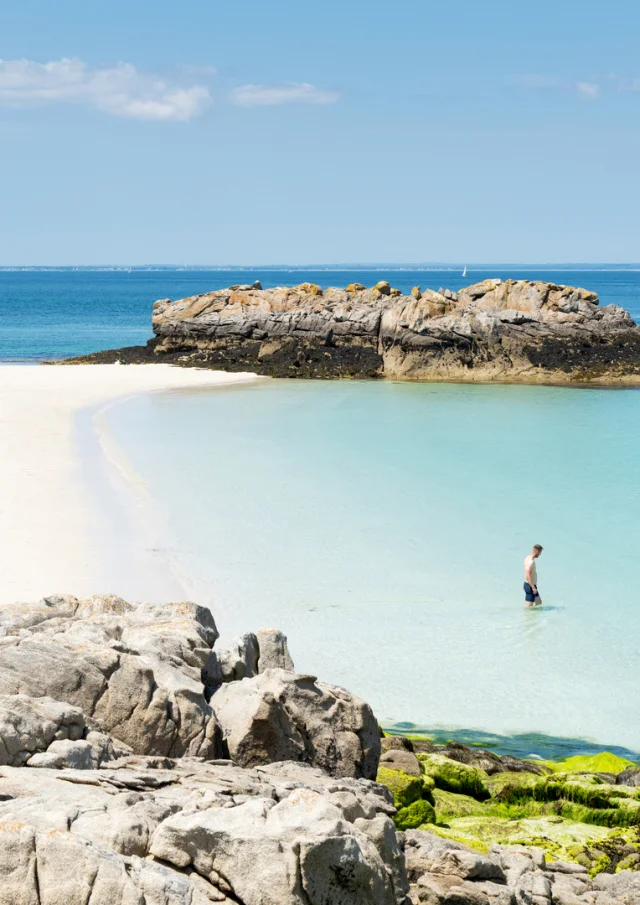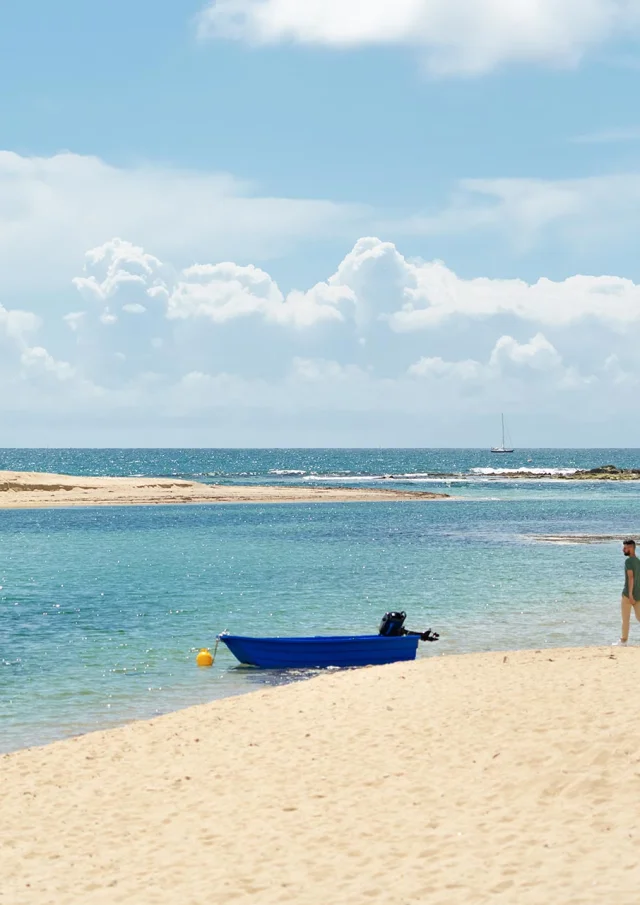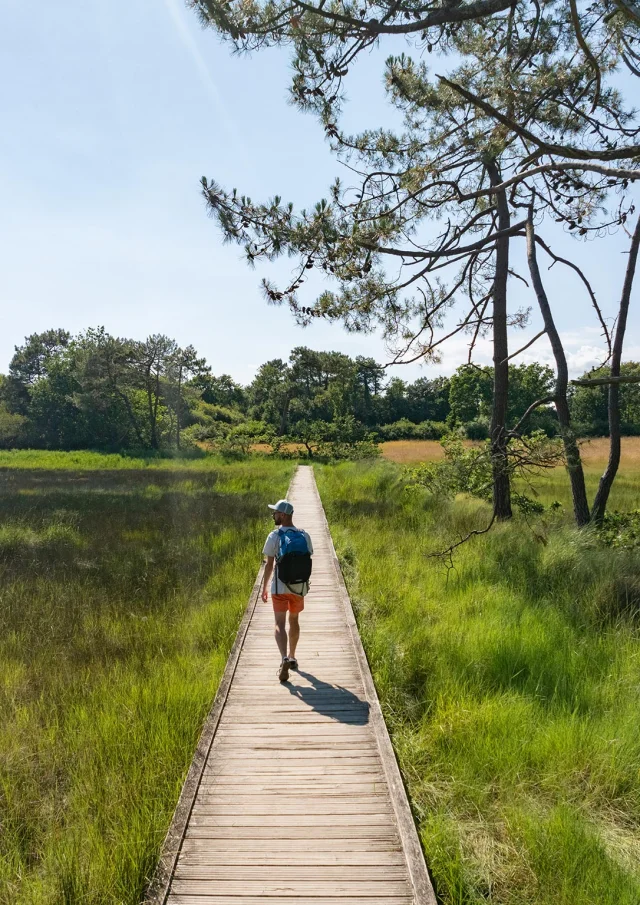The Glénan archipelagoa jewel off the coast of Finistère
Around fifteen kilometres off the south coast of Finistère, the Glénan archipelago unfurls its islands, islets and reefs in the heart of a lagoon with a tropical feel. Crystal-clear water, white sand, dazzling light… This picture-postcard setting owes its beauty to the clear granite seabed and the presence of maerl, a calcareous seaweed that contributes to the purity of the waters.
But the Glénan is more than just an idyllic image. It’s a living, fragile and fascinating territory, rich in history and biodiversity.
A string of islands to discover
There are around twenty main islands, although the exact number varies according to tides and definitions. Among the best known are Penfret, Saint-Nicolas, Le Loc’h, Drenec, Bananec, l’île aux Moutons and Cigogne.
Sailing in the archipelago requires vigilance: there are many reefs and the passes are sometimes narrow. The tombolo of Bananec, a thin spit of sand linking Saint-Nicolas to Bananec, is a remarkable phenomenon. As for “La Chambre”, between Saint-Nicolas and Fort Cigogne, it is a popular anchorage for its calm and beauty.

